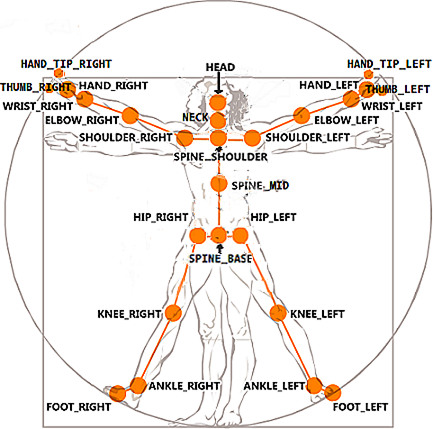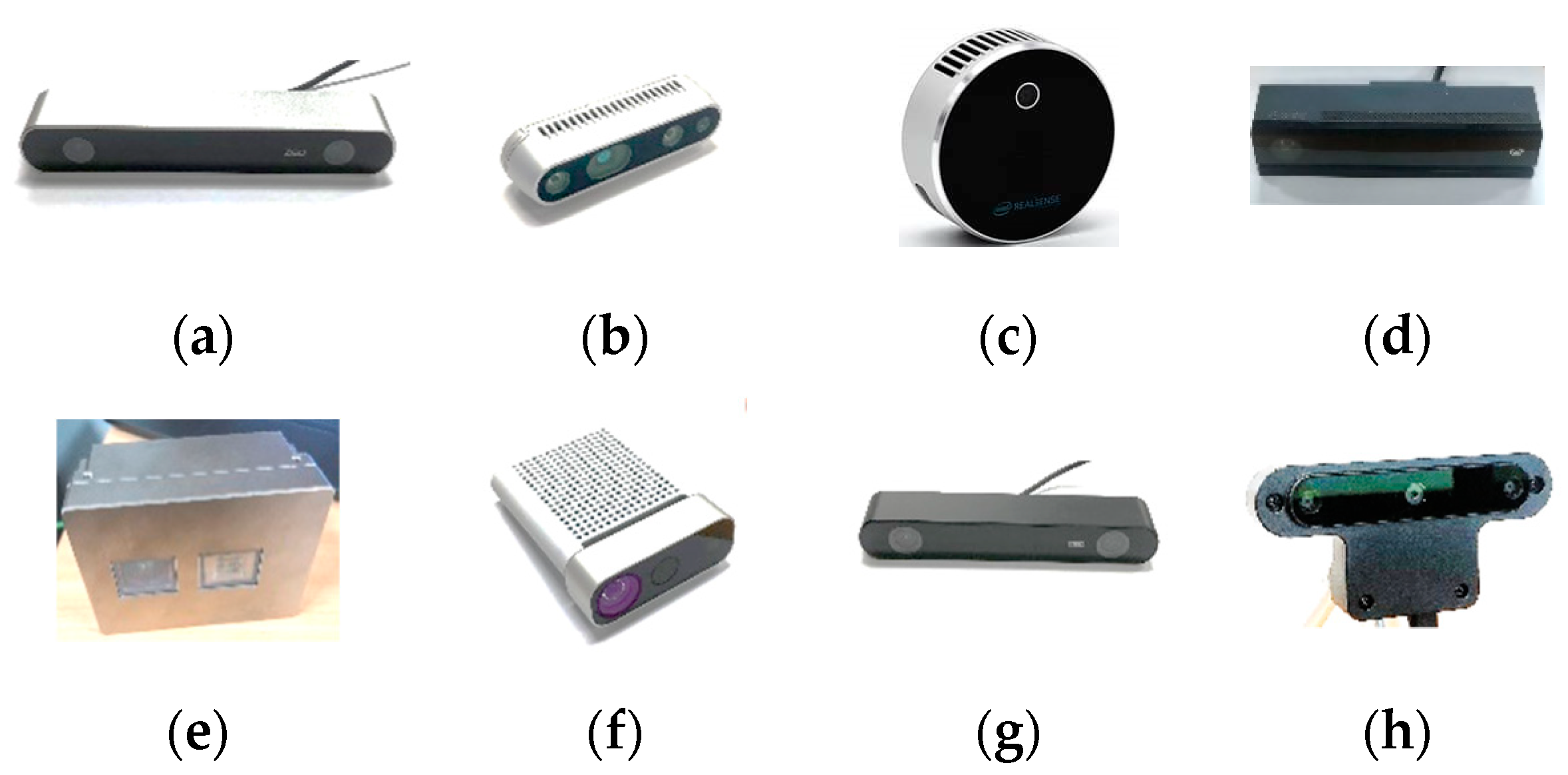
“ Methods” section describes the three-Kinect based subject tracking method, presents the deployment of multiple Kinect units, and discusses the measured human skeleton performance measures. “ Related work” section discusses the related work. The structure of the remaining parts of paper is as follows. The deployment of the system using three Kinect units,Īnalysis of dynamic characteristics of human motion during physical exercising,Įvaluation of intra-session reliability of the system using test–retest reliability metrics (intra-class correlation coefficient, coefficient of variation and coefficient of determination). Our contributions are detailed as follows:Ī novel data fusion algorithm using algebraic operations in vector space, The paper describes the proposed multi-Kinect sensor system, which uses three Kinect devices for monitoring in-home training and provide an accurate view on subject’s performance and movement related state-of-health characteristics. Therefore, there is a need for developing a reliable human motion observation system that could be used in home environment for providing feedback on physical training exercises performed by healthy or recovering subjects The aim of the paper is to propose a novel method for fusion of data provided by three Kinect devices, and to evaluate the method experimentally using a multi-Kinect based virtual training system. Data obtained by using the Kinect sensor is recognized as of sufficient quality for using for diagnostics and rehabilitation and can serve as an alternative to other high cost motion tracking systems such as Vicon and OptiTrack. Analysis of human skeleton data in motion can be used to provide feedback on the incorrect body posture or incorrect sequence of exercises as well as to analyse the accuracy of movements, perform gait analysis for "Get Up and Go Test" in rehabilitation, capture long-term trends in human physical fitness, and perform ergonomic studies as well as to facilitate in rehabilitation of stroke patients and to recognize hand gestures. Motion sensor technology can be employed to monitor certain elements of physical training and provide motivation by a virtual personal trainer. Motivation can be increased by exergames, which employ the advances in virtual reality, sensory and motion tracking technologies. However, older and disabled people may have difficulties attending physical training sessions outside of their homes, while they rarely perform enough exercises at home due to low motivation. Kinetic therapy sessions can help both healthy people and people with motor dysfunctions to improve their control, strength, skills and the range of motion.

Physical training is an effective tool for health diagnostics, rehabilitation, and prevention of unwanted health problems such as obesity, hypertension or Parkinson’s disease. Comparison of multi-Kinect system vs single-Kinect system shows an improvement in accuracy of 15.7%, while intra-session reliability is rated as excellent. The paper describes a novel data fusion algorithm using algebraic operations in vector space, the deployment of the system using three Kinect units, provides analysis of dynamic characteristics (position of joints, speed of movement, functional working envelope, body asymmetry and the rate of fatigue) of human motion during physical exercising, and evaluates intra-session reliability of the system using test–retest reliability metrics (intra-class correlation, coefficient of variation and coefficient of determination). In order to achieve higher accuracy and usability for practical smart health applications we propose a practical solution for human skeleton tracking and analysis that performs the fusion of skeletal data from three Kinect devices to provide a complete 3D spatial coverage of a subject. Human joints reconstructed from non-standard poses such as squatting, sitting and lying are asymmetric and have unnatural lengths while their recognition error exceeds the error of recognizing standard poses.

Using a single Kinect device for human skeleton tracking and motion tracking lacks of reliability required in sports medicine and rehabilitation domains.


 0 kommentar(er)
0 kommentar(er)
